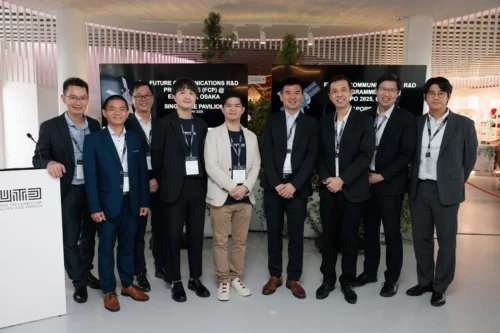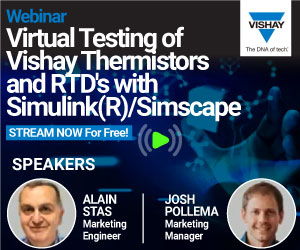The team of five organizations showed 5G by satellite, making video calls possible in places far away. It connects land networks through space and helps in emergencies.

Five organizations—the Singapore University of Technology and Design (SUTD), SKY Perfect JSAT (JSAT), TMY Technology, Inc. (TMYTEK), Rohde & Schwarz, and VIAVI Solutions (VIAVI)—have developed a 5G non-terrestrial network (NTN) satellite technology to support mobile connectivity in remote areas. The research team conducted a live demonstration at the World Expo 2025 Singapore Pavilion in Osaka, Japan, showing the deployment of an end-to-end cross-country 5G New Radio (NR) NTN. This was the first such transmission between Singapore and Japan.
Consider a situation where a ship is sailing in a remote area and a crew member experiences a health issue. With traditional satellite communication, the crew can send a text message to shore for help. With the new technology, communication through video call becomes possible. In the demonstration, a 5G signal was transmitted from user equipment (UE) located at SUTD in Singapore, through a satellite antenna, to a geostationary (GEO) satellite operated by JSAT. The signal was then sent to a ground station in Japan, which connected to a 5G base station and core network emulator, showing communication between NTN and terrestrial networks (TN).
The demonstration showed that a GEO satellite can support 5G NR standards as defined by the 3rd Generation Partnership Project (3GPP), the group that develops mobile communication standards. While current 5G systems rely on TN, future 6G networks are expected to use both TN and NTN for broader coverage and stronger connectivity. This demonstration supports future development for medium Earth orbit (MEO) and low Earth orbit (LEO) satellites, as well as combined TN and NTN in 6G networks.
This collaboration is among the first to use an electronically steered antenna (ESA) in 5G NTN communication over GEO satellites. ESA allows NTN technology to be used in areas such as maritime operations, autonomous vehicles, and connections between 5G user equipment (UE) and satellites in LEO or MEO.
To support the setup and use of NTN networks, satellite operators, network operators, equipment makers, and service providers need tools to measure network function and data flow. Rohde & Schwarz and VIAVI created a digital twin testbed for NTN, covering LEO, MEO, and GEO satellites.








